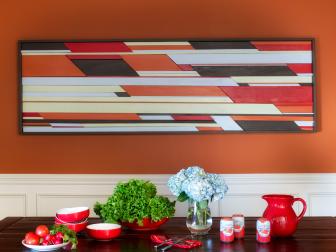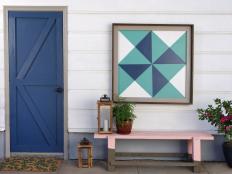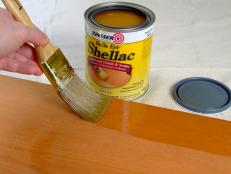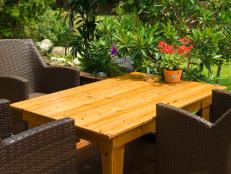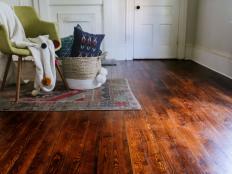What Is Engineered Wood?
These factory-made building products surpass Mother Nature in a variety of ways.

Engineered wood is a whole class of building products and materials. They’re made by binding pieces of real wood, scrap wood, shredded wood fibers and/or sawdust with adhesives to create products that look and act like wood but are designed to be stronger and more durable.
As the name implies, engineered wood products are carefully tested for strength, durability and resistance to moisture. Some products are made with waterproof adhesives specifically for outdoor use.
A familiar engineered wood product is plywood. Plywood is made up of layers of veneer that are glued together with heat and pressure to form panels. The veneers are “cross-laminated” by alternating the direction of the grain of each layer. The result is one of the most useful building products on the planet. Thin, wide, flat plywood panels are ideal for adding strength, stiffness and stability to floor, wall and roof framing. Plywood also makes superior shelves, cabinet boxes and stair components.
Other widely used engineered wood products include:
Particleboard combines sawmill waste, such as chips and sawdust, with synthetic resins to form panels similar in size to plywood. Although particleboard, also known as chip board, doesn’t have the strength of plywood, it’s useful for sheathing, cabinet construction and applications where low cost is important.
Oriented strand board, or OSB, is similar to particleboard except the main ingredients are long strands of wood. These longer fibers give OSB more strength than particleboard at a slightly higher price.
Glulam timbers are pieces of regular construction lumber, such as 2x4s and 2x6s, glued together to form beams and posts. “Glulam” is an abbreviation for “glued-laminated timber.” Because of all the laminated layers, glulam beams are stronger than dimensional lumber of the same size. They’re also more expensive. Glulams can be shaped into graceful curves. Exposed glulam trusses have been used to support the roofs of civic centers and stadiums, sometimes spanning hundreds of feet. Small, pre-cut glulams are ideal for headers over doors and windows.
Finger-jointed wood is sold at most home improvement centers. It’s made from short pieces of wood glued together to form longer pieces. When viewed from the side, the joint looks like interlocking fingers. Finger-jointed wood is used for interior trim, door jambs and paneling. It’s generally cheaper than regular wood of the same size and it looks best when painted.
Engineered wood flooring has a surface of real wood veneer that’s backed by plywood or layers of pressed-and-glued wood fibers. It makes stable flooring that won’t warp or separate. Installing engineered wood flooring is a DIY-friendly project.
Engineered Wood in Action
See All PhotosPros of Engineered Wood
- Exceptionally strong and dimensionally stable
- Resists warping and splitting
- Re-use of scrap lumber, chips and sawdust eliminates waste
- Can be made to specific sizes and design specifications
Cons of Engineered Wood
- Can be expensive to make, especially custom sizes and shapes
- Exposed beams and posts don’t have the aesthetic appeal of natural wood (although there is a version of “architectural-grade” glulams that uses specially selected woods to maximize appearance)
- Adhesives used to laminate pieces together may give off volatile organic compounds (VOCs) especially when the product is new
- Engineered products used outside must be laminated with waterproof glue
Plywood Project
How to Make Modern Wood Wall Art with Plywood
Create awe-inspiring, architectural wood wall art using plywood and paint.









